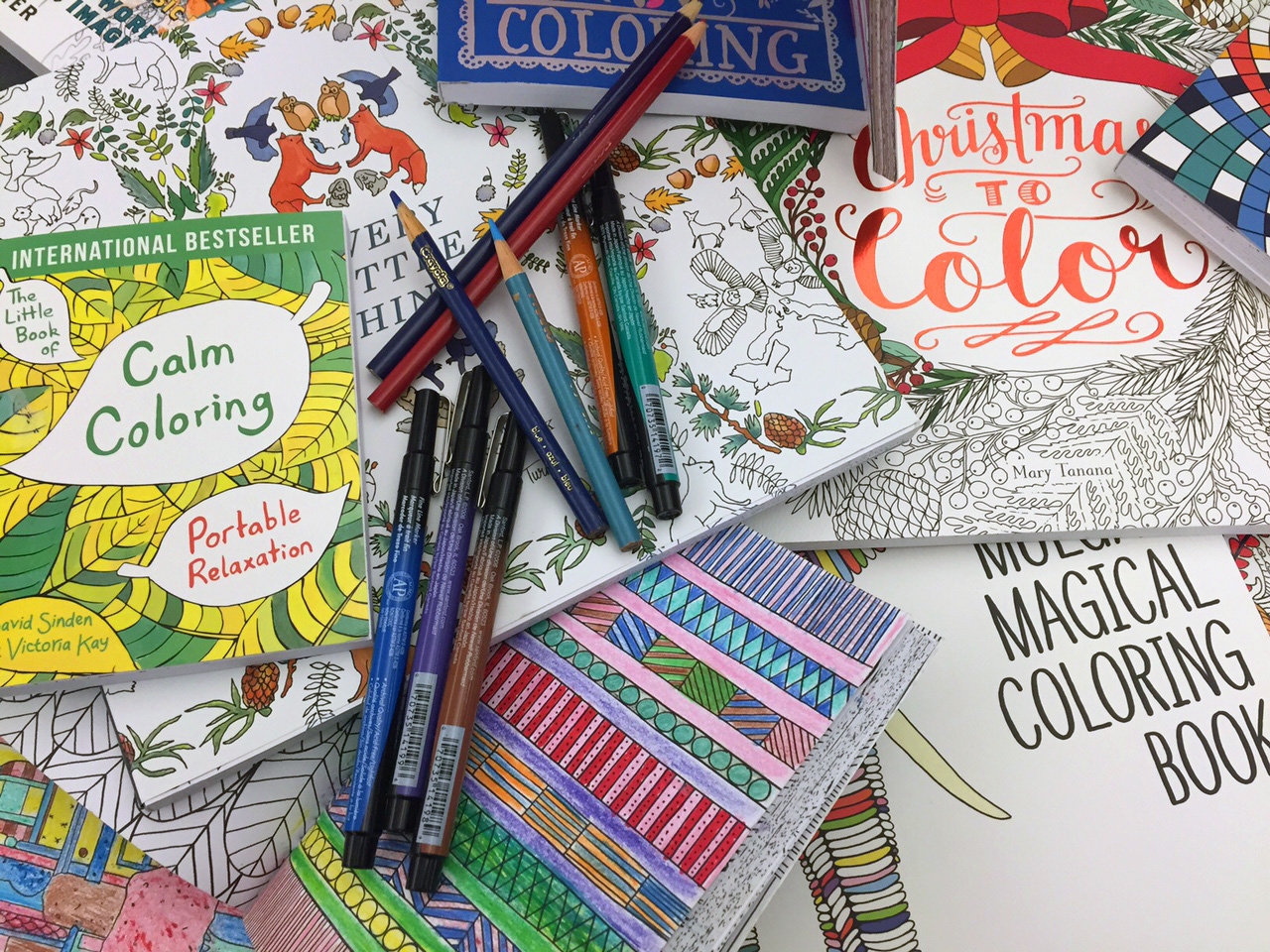The Cohort is Poynter’s bi-monthly newsletter about women kicking ass in digital media.
Over the long Thanksgiving weekend, I caught up on several post-election podcasts. Nearly all of the conversations veered towards self-care. From Another Round’s Heben Nigatu and Bim Adewunmi to Call Your Girlfriend’s Ann Friedman and Aminatou Sow, the women I listened to checked in with each other and offered up their go-tos for feeling good.
They talked about things like buying a bold new shade of lipstick, getting a deep-tissue massage or taking a long bubble bath. They’re things that, admittedly, might seem a bit superficial or selfish. It’s clear that self-care is important to your mental and physical well-being, but is a facial really going to achieve that?
When I became a manager, I thought it was important to be the last person to leave the office after my teammates, or to at least apologize and explain why I was leaving “early” if I headed out the door before the last person. Before long, my hours spent in the office crept up. So did the stress. I never felt fully recharged day in and out. I didn’t think about putting myself first, or what that would even look like.
“Lean In” was published around that time, and I discovered an anecdote that’s stuck with me for years. In describing his leadership style, Colin Powell explains the importance of recharging outside of work:
“When it was necessary to get a job done, I expected my subordinates to work around the clock. When that was not necessary, I wanted them to work normal hours, go home at a decent time, play with the kids, enjoy family and friends, read a novel, clear their heads, daydream, and refresh themselves. I wanted them to have a life outside of the office. I am paying them for the quality of their work, not for the hours they work. That kind of environment has always produced the best results for me.”
I read that passage over and over. And after months of wearing myself down and watching my team also suffer from stress, it finally hit me: Taking care of yourself makes you better able to lead. From then on, I worked hard to leave at normal hours when possible and encouraged my team to do the same. I began to identify less with work and found more joy from evenings spent crafting and catching up with girlfriends. I started arriving to work recharged and became a better boss in the process.
It doesn’t matter whether your self-care is buying lipstick, exercising or binge-watching Netflix. If it makes you feel good, you should DO IT. Plus, in a prime example of the patriarchal double standard (frustrating as it may be) there’s evidence that taking care of yourself pays off: Women who dress nicely, style their hair and wear makeup earn more money. Turns out Donna from “Parks and Rec” was onto something.
Every person’s version of self-care is different, and I could always do a better job of my own. But I thought I’d share what’s working for me lately, along with links to resources in case you want to take some of these ideas for a test drive. (If you do, let me know! I’d love to hear your self-care stories.)
I try to meditate each morning. Weekly therapy sessions are a godsend. The weather in Florida is perfect lately for long walks and evenings playing volleyball (just come move here and we can hang and be friends!). My husband and I have been trying to institute a screen-free evening once a week — hooray for long conversations at the dinner table! And nothing else gets me into a state of flow like an hour with a coloring book.
There’s still a part of me that fears talking about self-care or suggesting things like coloring may be viewed as silly or superficial. But screw that. We shouldn’t be ashamed of doing the things that help us become better versions of ourselves.
If more leaders talked about self-care, we’d have more conscientious and productive workplaces. We need to be modeling healthy behavior. We owe it to ourselves, to our teams and our audiences to be refreshed and ready to do our jobs at our full potential.
I’ll be over here coloring if anyone wants to join.
xoxo
KHG
Things worth reading (and listening to)
The ever smart and wise Stacy-Marie Ishmael joined The Broad Experience podcast to discuss burnout. As someone who suffers from anxiety, I love this helpful post-election action plan. Speaking of post-election, The Cut has some solid financial advice for women preparing for a Trump presidency. Gina Trapani is speaking my language: “No one knows what they’re doing and we all kind of suck. Once you reckon with that, there’s nowhere to go but up.” And Spain’s national art museum has devoted a solo exhibition to Clara Peeters, a 17th century Flemish painter. That’s pretty rad, except for the fact that she’s the first woman to receive that honor in the Prado’s nearly 200-year-old history.
Speaking of self-care
I’m taking the rest of the year to regroup on newsletter profiles and figure out what they’ll look like next year.
I thought I’d instead use this space to share this list of books about women by women that were published this year. I’m asking for many of these for Christmas and planning to give many of them as gifts. Reading a good book is one of my favorite ways to recharge.
- “All the Single Ladies: Unmarried Women and the Rise of an Independent Nation,” by Rebecca Traister
- “Feminist Fight Club: An Office Survival Manual for a Sexist Workplace,” by Jessica Bennett
- “I’m Judging You: The Do-Better Manual,” by Luvvie Ajayi
- “In the Company of Women: Inspiration and Advice from over 100 Makers, Artists, and Entrepreneurs,” by Grace Bonney
- “Sex Object: A Memoir,” by Jessica Valenti
- “Shrill: Notes from a Loud Woman,” by Lindy West
- “You Can’t Touch My Hair: And Other Things I Still Have to Explain,” by Phoebe Robinson
Here’s to more badasses in 2017!
Enjoy this newsletter? Tell your friends and coworkers.
The Cohort is part of Poynter’s Leadership Academy for Women in Digital Media. Props to GIF genius Kristen Hare for her newsletter edits and insight.







